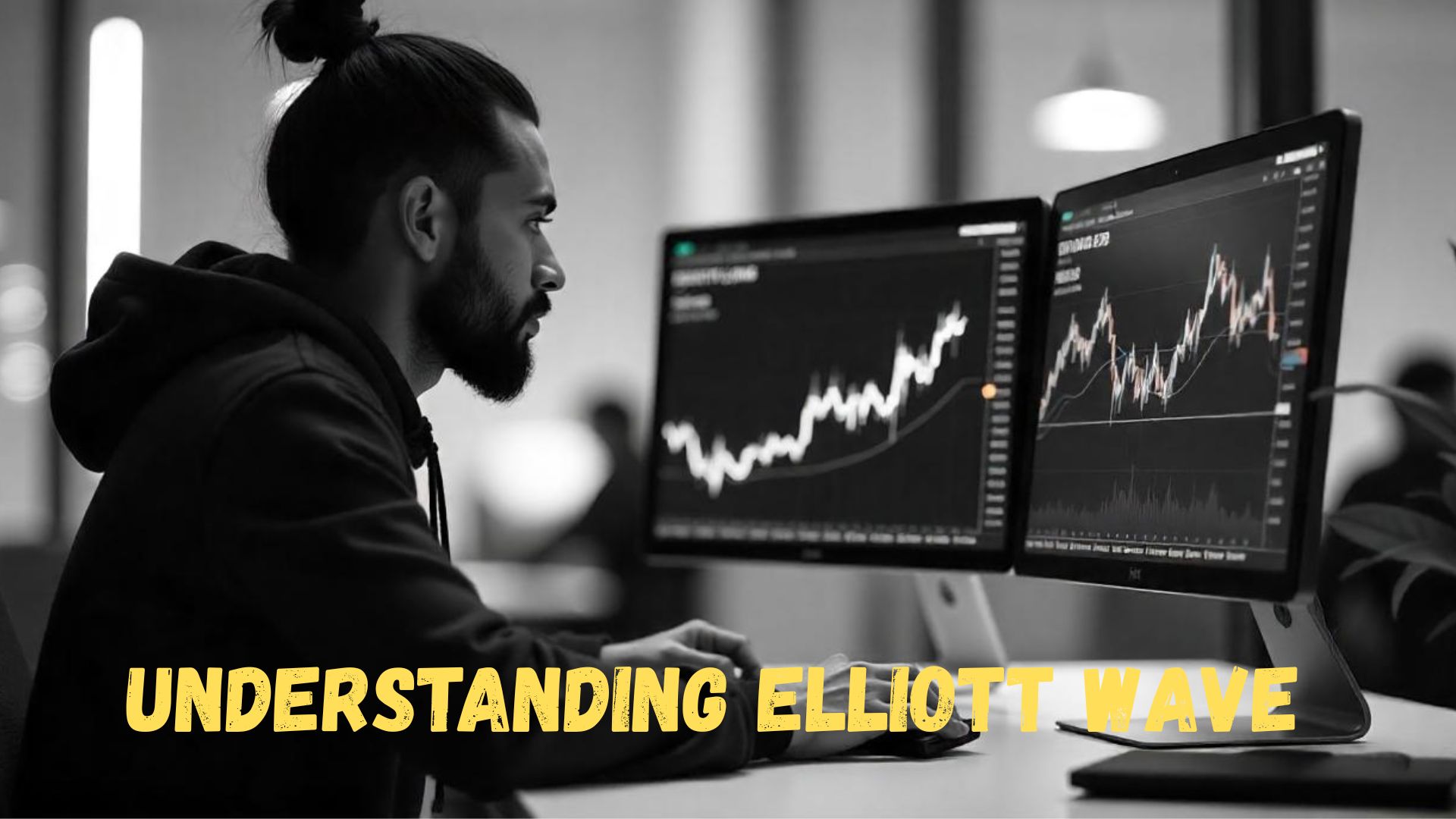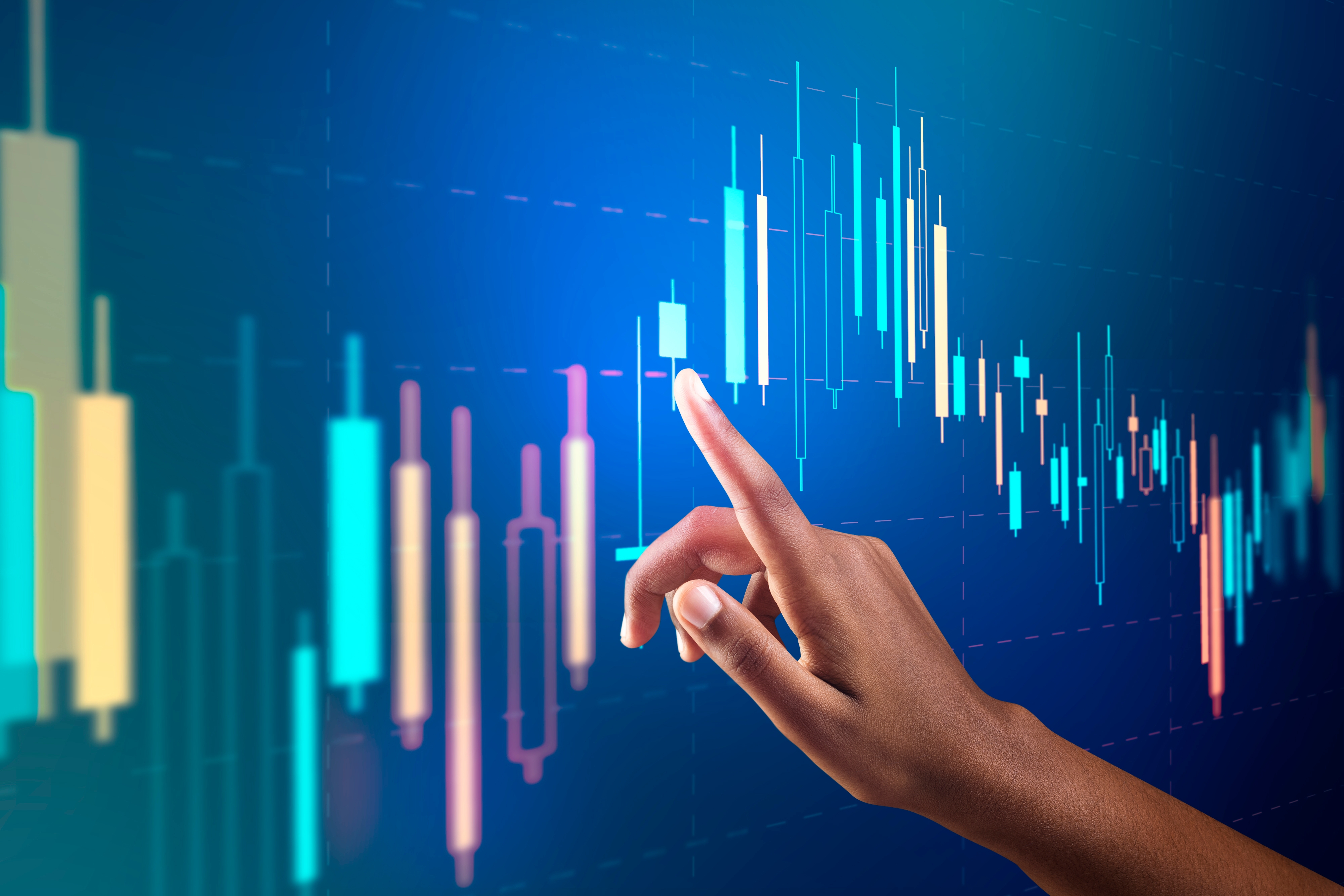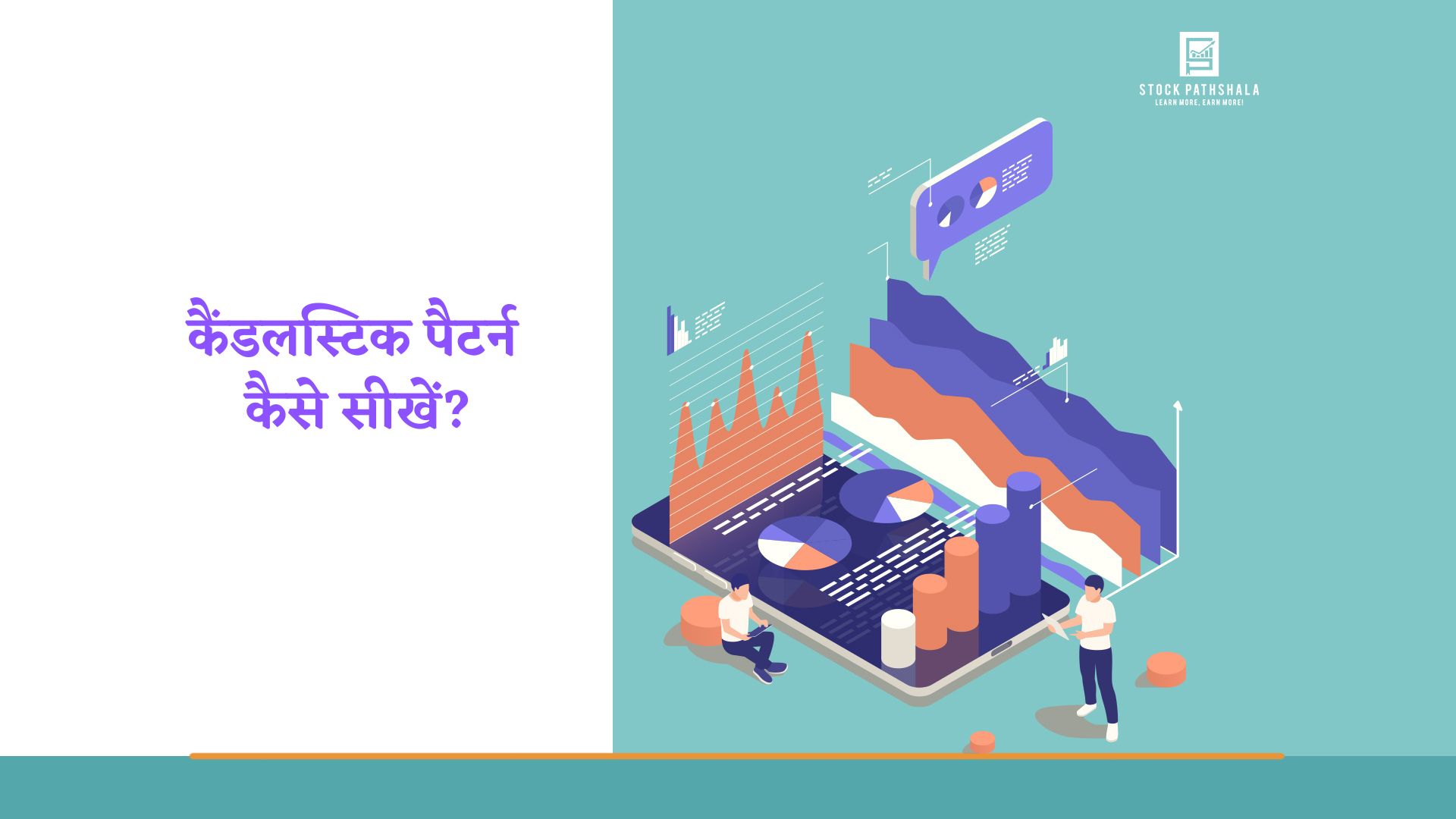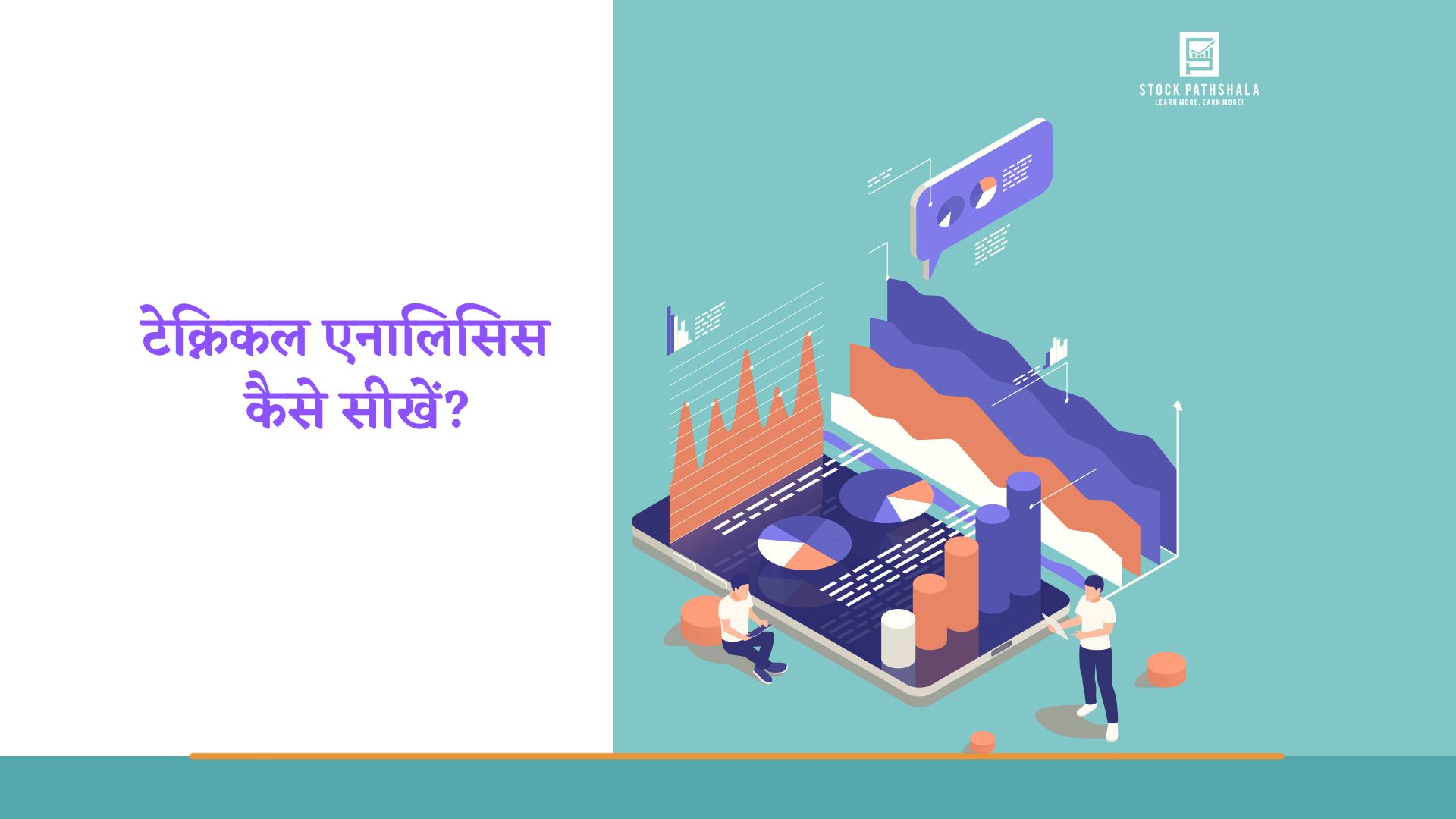I leaned in, excited to learn more as Arif started explaining something that had been on my mind for a while – the actual formation of waves in the Elliott Wave Theory.
Arif began with a smile, “Alright, let’s break it down. Elliott Wave Theory isn’t just about predicting where the market might go, it’s about understanding how the market moves in a structured pattern.”
He continued, “Every market cycle is divided into 8 waves: 5 impulse waves and 3 corrective waves.”
I raised an eyebrow, intrigued by the mention of 8 waves. “So, it’s more than just a trend? It’s about understanding the specific movements within that trend?”
“Exactly,” Arif replied. “Think of it as the market going on a journey. It starts with the impulse waves, which move with the trend, and then you get the corrective waves, which are the pullbacks or breaks against the trend.”
The Impulse Waves: Moving with the Trend
I nodded, trying to picture this in my head. “Okay, so impulse waves are the ones that follow the trend. But how do they form?”
Arif smiled again, knowing I was getting into the details.
“Let’s look at the first wave—Wave 1. This is when the trend begins to form. It’s the start of something new, so the movement isn’t huge yet. You can say a small but significant move in the direction of the trend. It’s like the first signs of an uptrend or downtrend forming, and many traders might miss it.”
“Ah, so it’s a subtle beginning,” I said, trying to visualize it.
“Exactly! And after that, you get Wave 2, which is a pullback or correction. But here’s the key: it never goes below the start of Wave 1. This is a sign that the trend is still intact. The market pulls back a bit, but it doesn’t lose its strength.”
“So, we’re still in the trend’s direction, just taking a breather?” I asked.
“Exactly! Then comes the exciting part—Wave 3,” Arif continued. “This wave is usually the longest and most powerful. After Wave 2’s small pullback, Wave 3 takes off like a rocket. The trend gains momentum, and this is when most of the price action happens.”
I could feel the energy in his voice. “I see! So, Wave 3 is when things really heat up!”
“Right! And after Wave 3, you get Wave 4, which is another pullback. But just like Wave 2, it doesn’t go below the end of Wave 1. It’s a smaller pullback compared to Wave 2, and then, finally, we reach Wave 5.”
“So, Wave 5 is the final push, right?” I asked.
“Yes!” Arif said with a grin. “It’s the last leg of the trend. Wave 5 might not be as strong as Wave 3, but it still completes the move. After this, the trend usually starts to slow down, and traders start thinking about taking profits.”
The Corrective Waves: Moving Against the Trend
I paused for a moment, digesting everything Arif had said. “Okay, I think I get the idea of the impulse waves. But what about the corrective waves? What are they exactly?”
Arif leaned back, as if preparing to explain the other side of the coin. “The corrective waves are the pullbacks that happen after the impulse waves. You’ve got Wave A, Wave B, and Wave C. After the strong movement of the impulse waves, the market starts to correct itself.”
“Correct itself? So, it’s like the market takes a break?” I asked.
“Exactly!” Arif replied, clearly enjoying the discussion. “So, in every Wave, the market enters Wave A, which is the first pullback against the trend. It’s the market’s way of saying, ‘Okay, we need a break after all that movement.’”
“Does Wave A go back all the way to the beginning of the trend?” I asked, trying to picture it.
“No, that would be a major reversal. Instead, Wave A is a shallow pullback—just a dip after all that excitement in the impulse waves. Then comes Wave B,” Arif said, pointing to the chart. “Wave B is a little tricky. It’s a temporary rally within the correction. So, prices go up a little, but they don’t reach the high of the wave formed.”
“Ah, so it’s like a false hope before the bigger correction?” I mused.
“Exactly! And finally, you reach Wave C, which is the final and usually the longest corrective wave. This is when the market moves sharply against the trend. It can retrace more deeply than Wave A and completes the correction before the cycle starts again.”
Putting It All Together
“So, after Wave C of 5th wave, the cycle is complete?” I asked, trying to wrap my head around the whole process.
Arif nodded. “Yep! After all 8 waves—5 impulse waves and 3 corrective waves—the market typically starts over, either forming a new trend or reversing. That’s when you see a fresh cycle starting, and the whole process can repeat itself. Understanding where the market is within the cycle gives traders an advantage. It tells them if they should expect more momentum or prepare for a reversal.”
How Traders Can Use This Information
I was getting more and more excited about the possibilities of using this theory in my trading. “So, how do traders actually use this in real trading?”
Arif smiled, clearly ready to wrap it all up. “Well, if you can spot where the market is in the cycle, you can make smarter trades.
For example, entering during Wave 1 or Wave 2 allows you to catch the big move in Wave 3. But you’ve got to be careful. If you’re not careful, you might end up in the middle of a corrective wave, where prices move against you.”
“Got it,” I said, feeling like the pieces of the puzzle were finally coming together. “It’s all about timing and identifying the waves.”
“Exactly!” Arif grinned, “Understanding wave formation is like having a map of the market. If you can read the map correctly, you can navigate through the market more efficiently.”
Conclusion
As I reflected on everything Arif shared, I realized how valuable Elliott Wave Theory is for traders.
By understanding wave formation—both the impulse waves and corrective waves—you can anticipate the market’s next moves with more confidence.
It’s not always perfect, but it’s a powerful tool that can guide you through the ups and downs of the market.
Before investing capital, invest your time in learning Stock Market.
Fill in the basic details below and a callback will be arranged for more information:








